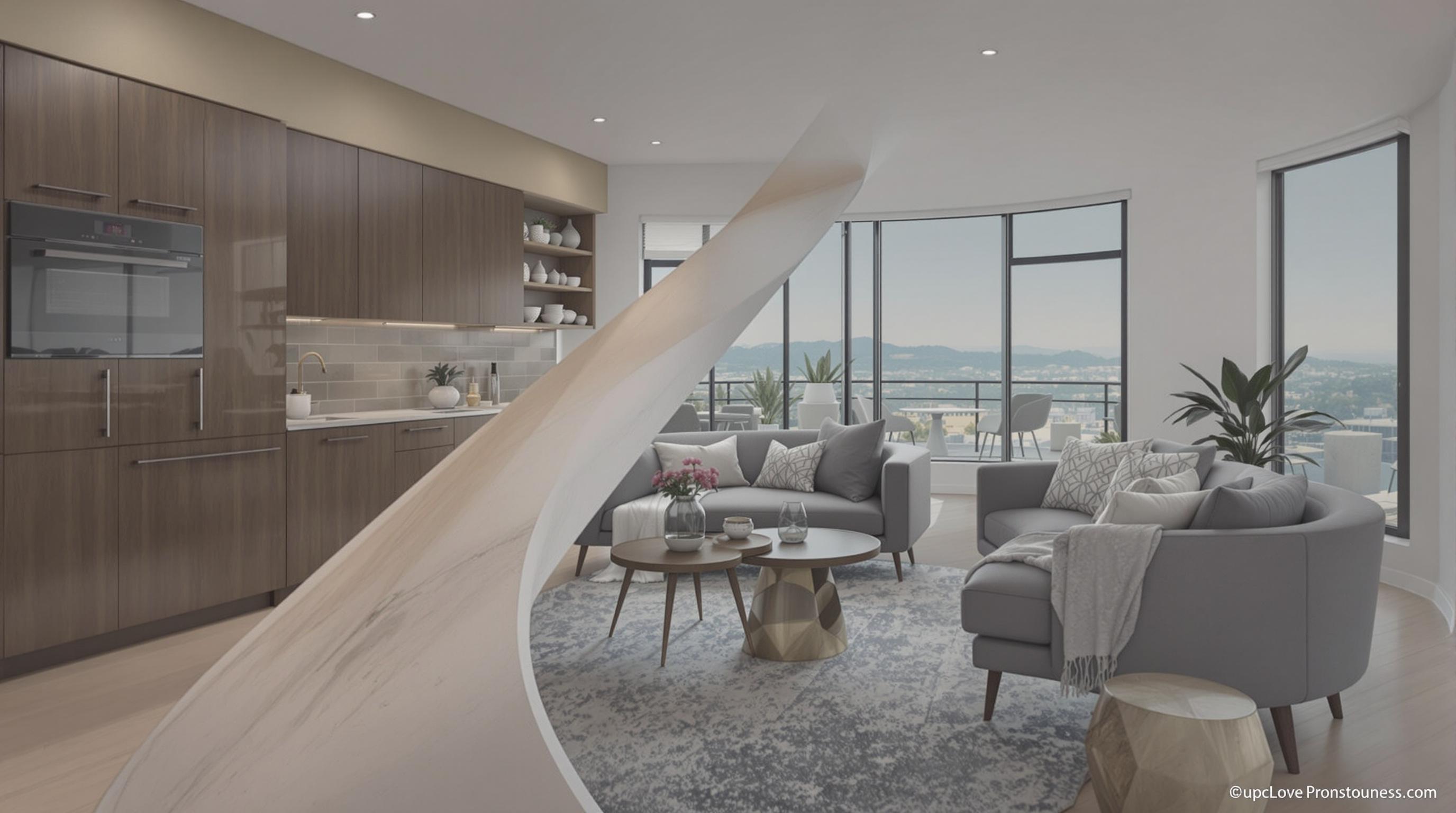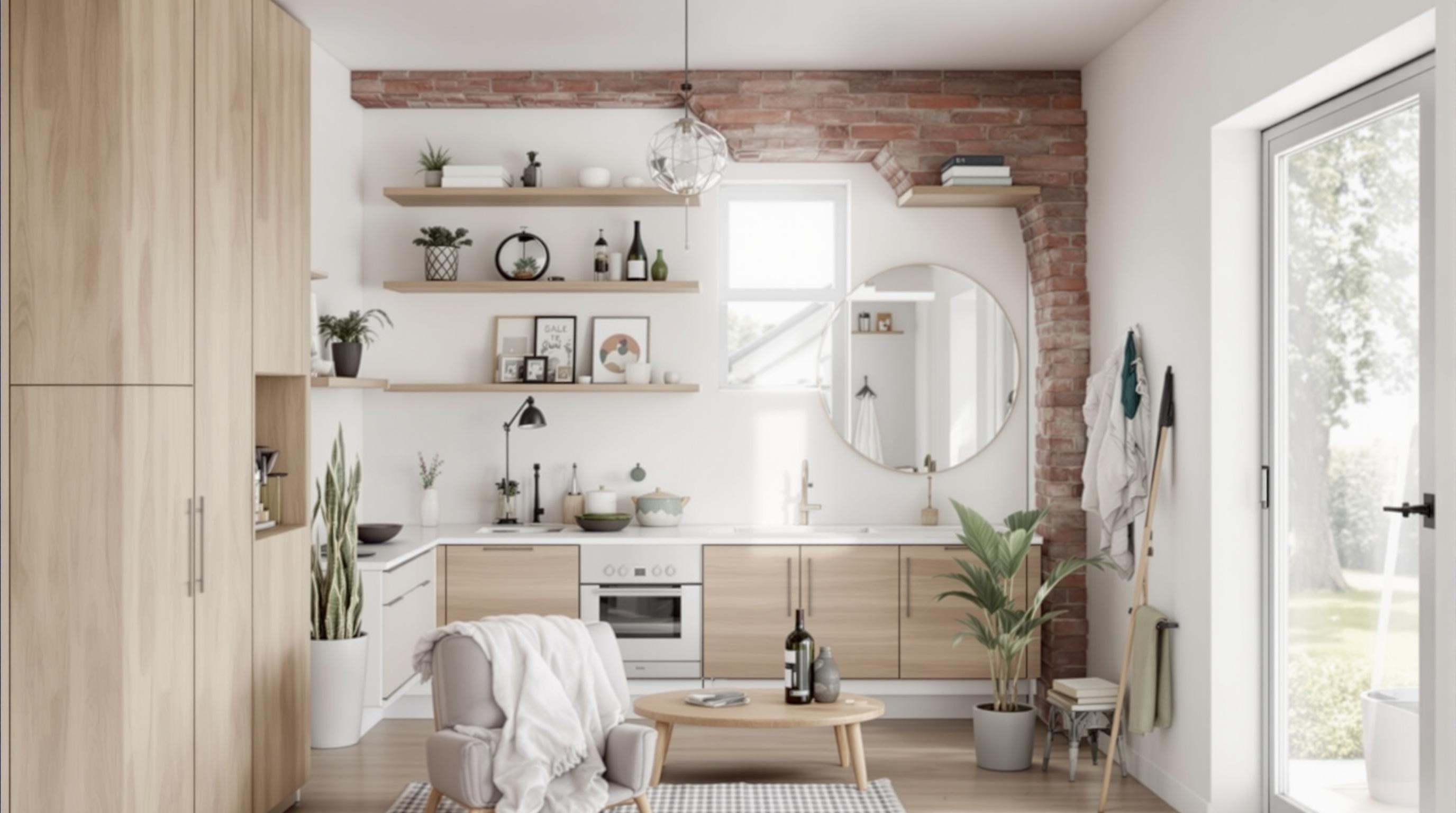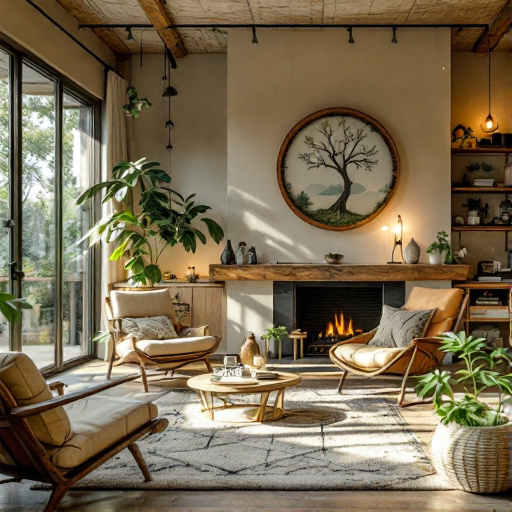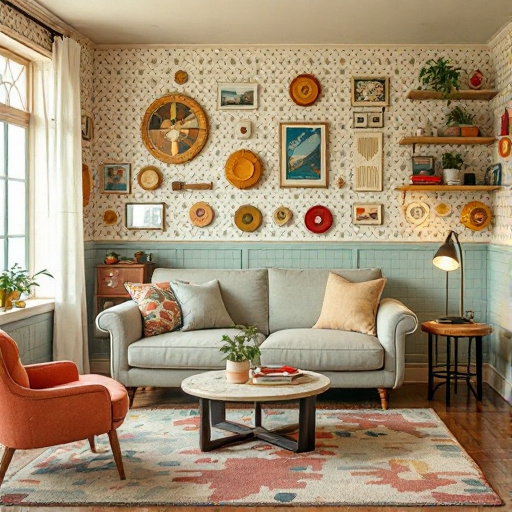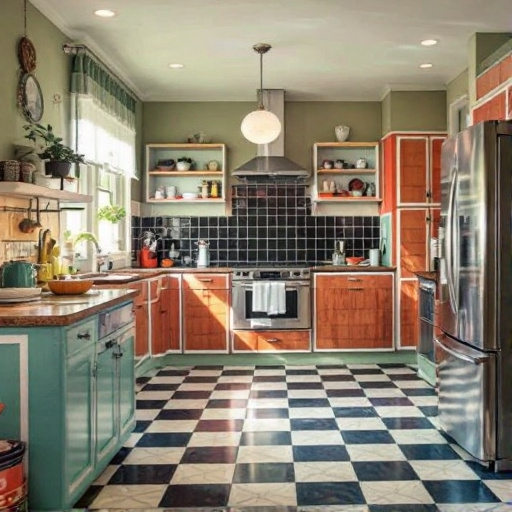Featured Articles
- Rethinking Space: How Biophilic Design in Home Remodeling Connects Us to Nature and Wellness
- Revamping with Resilience: How Home Remodeling Can Boost Your Mental Health and Well-Being
- Reviving Retro: How Nostalgia is Shaping Our Modern Home Remodeling Choices
- "Reviving Retro: How Vintage Decor is Shaping Modern Home Remodeling Trends"
- The Rise of Biophilic Design: How Integrating Nature into Home Remodeling Can Boost Your Well-Being
The Rise of Biophilic Design: How Nature-Inspired Spaces Are Transforming Home Remodeling Trends
The Rise of Biophilic Design: How Nature-Inspired Spaces Are Transforming Home Remodeling Trends
The rise of biophilic design represents a profound shift in home remodeling, where nature-inspired spaces are not just aesthetic choices but integral to our well-being. This article will explore the principles of biophilic design, its historical roots, benefits, and practical applications while showcasing how homeowners are embracing this trend.
The Historical Roots of Biophilic Design
To truly understand biophilic design, we must first travel back in time. The concept isn’t new. The idea of integrating nature into our living spaces can be traced back to ancient civilizations, from the hanging gardens of Babylon to the courtyards of Roman domus. According to a study by the University of Exeter, likening nature’s calming effect to the soft murmur of a stream, our ancestors instinctively valued natural environments.
What is Biophilic Design?
At its core, biophilic design is about connecting individuals with nature in their everyday environments. It emphasizes the incorporation of natural elements, such as sunlight, plants, water features, and organic materials, into the built environment. This approach champions the idea that our surroundings can significantly affect our mental, emotional, and physical well-being.
Statistics That Speak Volumes
What does the data say? Research shows that access to nature can reduce stress by up to 60%, and homes designed with biophilic principles often sell for 5% more than those that don’t (source: Terrapin Bright Green). It's not only beneficial for individual well-being but also for property value. And how about lighting? A study published in the journal *Sustainable Cities and Society* found that properties with large windows that invite natural light can help reduce energy costs by up to 50%—a win-win!
Case Study: The Johnson Family Home
Let’s take a leap into the real world. Meet the Johnson family, who decided to remodel their suburban home with biophilic design principles in mind. Their outdated kitchen was nothing more than a dull space with dim lighting and minimal connection to the beautiful garden outside. After consulting with a biophilic design professional, they replaced solid walls with sliding glass doors that opened up to the backyard, allowing natural light to flood the space. Fresh herbs and plants now adorn their kitchen windowsills, creating an aromatic, realistic connection to their garden. Their energy bills also showcased a remarkable decline—a tangible benefit that turned their remodeling across the board into an eco-friendly win.
The Psychological Benefits
It’s not all about aesthetics; the psychological effects of biophilic design are profound. Studies suggest that environments infused with nature can boost creativity and cognitive function by as much as 20%. Imagine sharing a workspace with ample sunlight, natural textures, and plants—versus a sterile office with fluorescent lights and bland walls. The former fosters inspiration; the latter breeds fatigue.
Casual Conversations Over Green Interiors
Let’s be honest: Have you ever felt radically different walking into a space filled with beautiful, vibrant greenery compared to one painted all-white? It’s like night and day. A friend of mine, Sarah, transformed her drab living room into a vibrant sanctuary by filling it with potted plants and a living wall of succulents. Whenever we hang out, it feels less like catching up and more like a grounding experience in a serene garden.
Materials Matter: The Organic Touch
The materials you choose matter significantly when it comes to biophilic design. Opting for natural materials like wood, stone, or bamboo not only enhances aesthetic charm but also contributes positively to indoor air quality. Adding a rustic wooden table or stone backsplash can create an inviting ambiance that resonates with natural landscapes.
Did you know that bamboo, one of the most eco-friendly materials available, can grow up to three feet in a single day? That’s speedier than the expert procrastination of any college student! Investing in such materials reminds us of the vibrant life happening outside.
The Importance of Flora and Fauna
When we think about biophilic design, plants are often the first thing to pop into our minds—and for good reason. Studies show that just being in proximity to greenery can reduce anxiety levels and improve focus. Incorporating elements such as indoor plants, vertical gardens, or even small fountains can make all the difference. For example, a simple snake plant or Boston fern not only adds a pop of color but also purifies the air, making rooms healthier.
Designing for All Ages
One of the fantastic aspects of biophilic design is its universality. It doesn’t matter if you are 16 or 70; everyone can benefit from a space that resonates with nature. For younger generations, such spaces provide fresh air and create an environment conducive to social interactions, study sessions, or even just ‘scrolling the gram’ with friends while surrounded by lush greenery.
For older adults, creating nature-connected environments can foster a sense of stability and comfort. Many retirement communities are even incorporating biophilic principles to promote not just physical ease but also emotional wellbeing. Isn’t it wonderful to imagine retirement homes that resemble tranquil gardens rather than stark hospital-like environments?
Bringing Biophilic Design to Life
Wonder what steps to take to bring biophilic design into your own home? Start small. Incorporate natural materials into your decorating scheme, add plants, focus on maximizing natural light, and consider creating outdoor living spaces such as patios or balconies. Don’t underestimate the power of fresh air. Simply opening a window can create a connection to the outside world.
Finding Inspiration in Nature
Inspiration can strike from the most unexpected places. A weekend hiking trip could provide the perfect color palette instead of flipping through design magazines—think earthy greens and vibrant yellow wildflowers that could naturally influence your home decor. How about that unexpected burst of creativity from nature? Who knew that a breeze on a Saturday morning could lead to the perfect DIY home project?
The Future of Home Remodeling
The trend toward biophilic design isn't just for homes but is reshaping entire urban environments. Cities now embrace green roofs, parks, and urban gardens, making them more livable and mentally stimulating. With increasing evidence of the psychological benefits of nature, one can only anticipate this trend will continue gaining traction. According to the W.H.O., 80% of the world's population may live in urban areas by 2050; it’s crucial that we keep nature influential in our communities.
The Hurdles: Implementing Biophilic Design
However, all is not smooth sailing in the journey towards greener pastures. Many homeowners require education on the long-term benefits of biophilic elements, and some may lack the knowledge of how to sustainably incorporate these aspects effectively. Getting the message out via workshops and community-sponsored campaigns might just be the catalyst needed to propel this trend. Sure, there could be a bit of resistance, but just like convincing a kid to eat broccoli, education and incentive often lead to acceptance and eventual enthusiasm.
In Conclusion: Why Choose Biophilic Design?
In a chaotic, fast-paced world, biophilic design emerges as a beacon of hope and well-being. Choosing to incorporate nature into our living spaces doesn’t merely beautify our homes; it nurtures our minds, bodies, and spirit. The escalating trend in home remodeling reflects a broader acknowledgment of the intrinsic bond between human beings and nature, one that is worth investing in for future generations.
So go ahead, let the essence of nature wash over your mornings, and create a space that not only feels like home but fosters wellness. After all, cultivating that connection with the great outdoors—from the comfort of your couch—is something everyone deserves.
